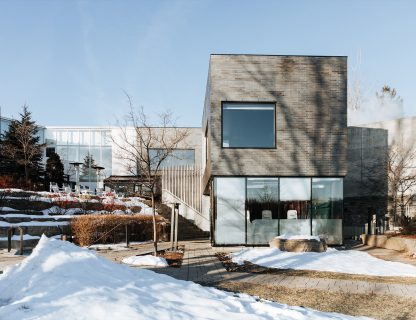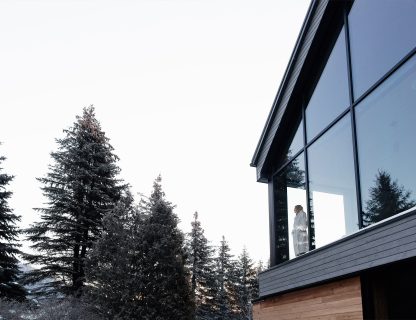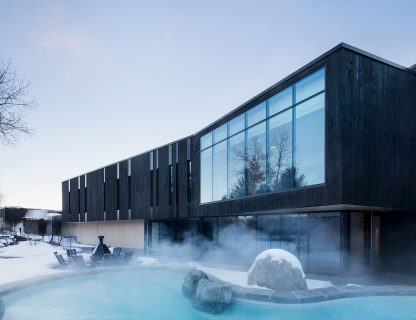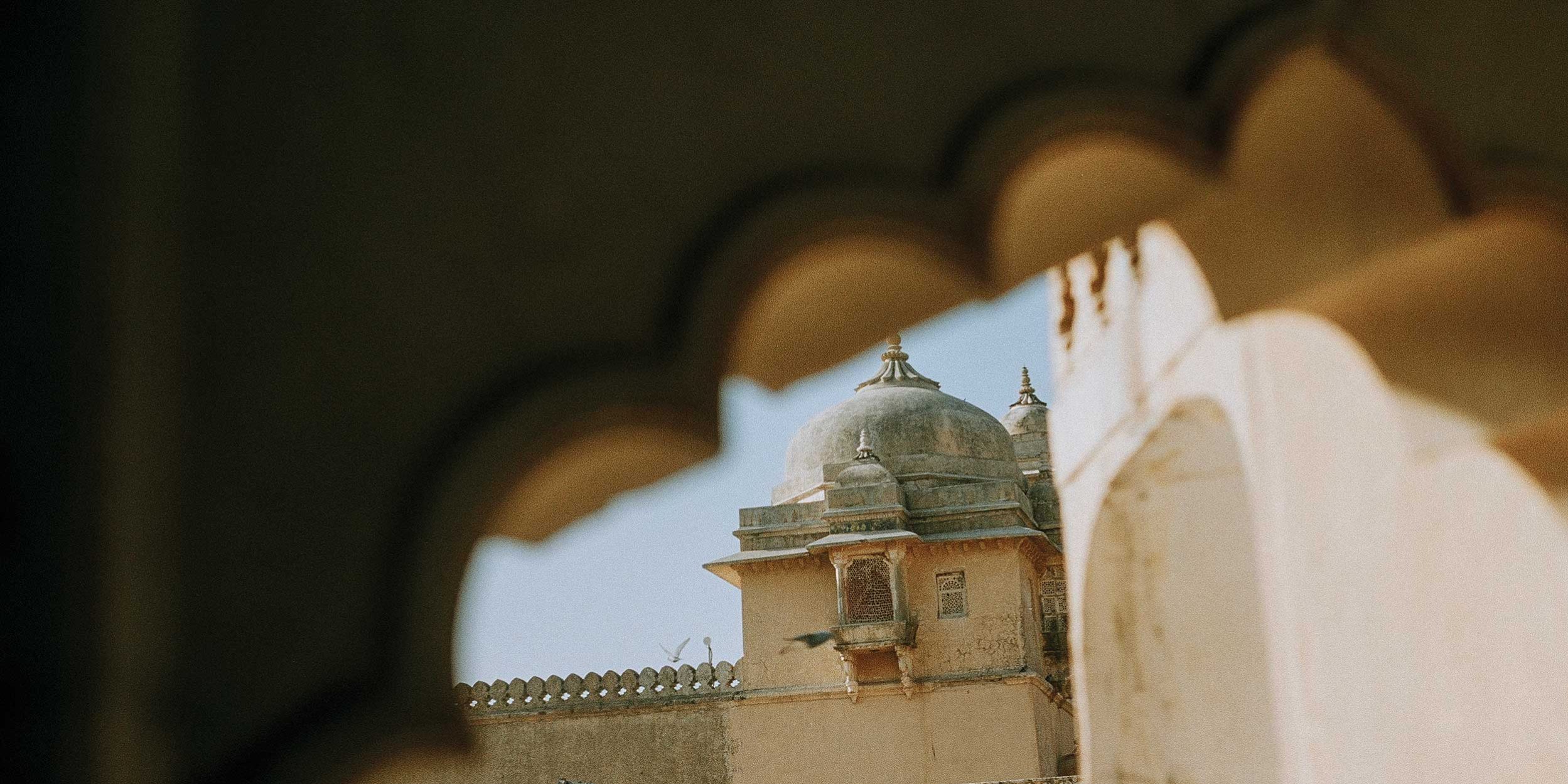They called me “the beadle” in Beauce. I was a real church rat, a religious heritage enthusiast. Holy places have this invisible energy, this undefinable magnetism that draws me to them. However, like many people of my generation, I didn’t grow up with faith, with my baptism as the only baggage in my pocket. As churches close or undergo transformations, our relationship with the sacred is being shaken up. The heritage of our ancestors, their faith that moved mountains in the face of adversity… all that can be found in each of our churches. Perhaps it is toward them that our emotions are directed. Two millennia later, there’s a bit of us in every bell tower.
A DIFFERENT VISION OF HOLY PLACE
After leaving the granite churches of my native Brittany behind, I saw myself wandering with disbelief through the heated churches of Quebec—a paradox when I think back to the cold humidity of the sacred stones of Finistère. If our provincial religious heritage is looked at in the past, each trip abroad will involve this indescribable attraction to our shared foundation. Whether you’re devout, a believer, or simply secular, our getaways are sprinkled with prominent Christian places, most of them true architectural masterpieces.
Personally, I was moved in the old city of Jerusalem, walking the Via Dolorosa with strangers—the path that Jesus would have taken to his crucifixion. Arriving at the Holy Sepulchre, with centuries of devotion engraved on its walls, it was hard to remain indifferent to the electricity of the place. Perhaps it was the scent of incense that intoxicated me, or simply the symbolism of this site full of piety. I felt dizzy in Florence and Sienna, where beauty conquered my last defenses. Gaudi’s surrealism enchants and amazes every visitor to Barcelona, where the beauty of the sacred has been built over several centuries, demonstrating that the faith of humans is full of unsuspected resources. From the Gothic style of Cologne to the tropical modernism of the cathedrals of Rio de Janeiro, I’m an enchanted traveller: I always feel a little at home crossing the threshold of a church, as if an invisible umbilical cord linked us, it and me.
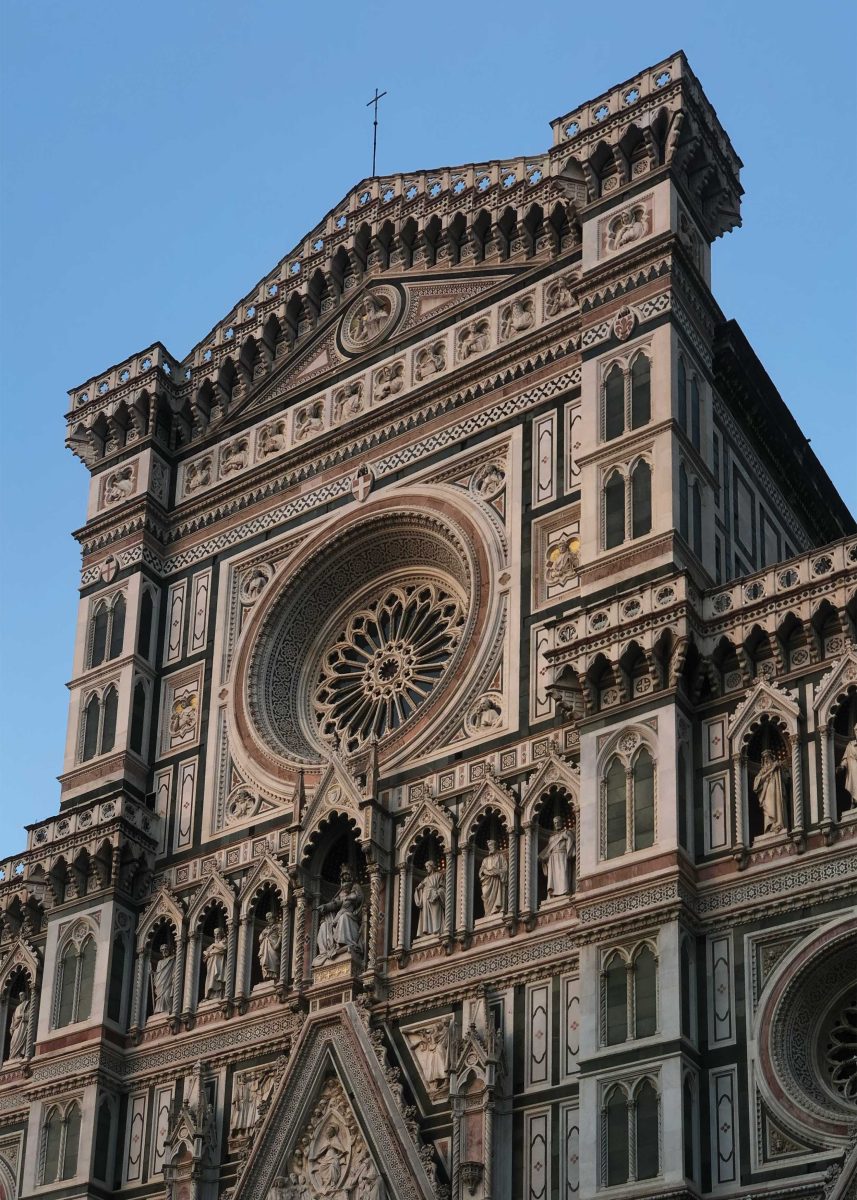
Santa Maria del Fiore in Florence Photo: © Sarah Lamarche
ENCOUNTERING OTHER BELIEFS
Insatiably curious, the faith of others calls into question our own, as well as our spiritual void. Can we live without this piece of our soul in today’s world? We will question ourselves while sharing the Shabbat meal in the Jewish community, particularly in Israel. Beyond the religious symbolism, the Shabbat day is also the oppor- tunity to rejoice as a family, empty your mind of material worries and considerations, immerse yourself in the study of the Torah, and welcome the well-being of Shabbat into your home.
Perhaps we will go and find a change of scenery in India—in Benares, or Varanasi, known for being one of the oldest cities in the world and one of the holiest places in Hinduism. Located on the banks of the Ganges, venerated for its pure waters, Benares leaves no traveller unmoved. Strolling through the city streets and along the Ghats, the traveller gets a concrete glimpse of the life of the pilgrims of Varanasi. We wander to Bengali Tola to visit the sanctuary of the mother goddess Kali, then to the riverbank toward Dashashwamedh, the city’s most famous Ghat where, according to Hindu myth, ten horses were sacrificed.
Finally, passing through Southeast Asia, we will go and make offerings at Tak Bat in Thailand. Tak Bat is a religious practice of profound generosity and a source of religious merit for faithful Buddhists. Practiced in the morning by Buddhists with fervour, concentration, and solemnity, this rite is probably the closest link between lay people and monks. In exchange for the food given to them, the bonze monks bless the faithful. At Ton Payom Market, the city’s largest market 10 minutes from the centre of Chiang Mai, the inhabitants bustle between the stalls to buy offerings intended for the monks. Cloaked in their saffron-coloured robes, the monks then begin their morning quest for the faithful.
THE VOYAGEURS DU MONDE ADDRESS : L’IGLESIA eL JADIDA
Within the Portuguese citadel of El Jadida, inside the ramparts, discover a charming hotel in a nineteenth-century Spanish church. Under the high vaulted ceilings of the nave, furniture from antique dealers in Marrakech combines with chandeliers, collections of old radios, hats, alarm clocks, mirrors, and bags and contributes to the personalized atmosphere of the lounge. Enjoy the view of the city from the terrace located at the foot of the bell tower. From the cloister, the view of the ocean and the port offers itself up to you. This hotel was designed by the owners of the Beldi Country Club, which already gives you the guarantee of a nice cocktail combining charm and authenticity.
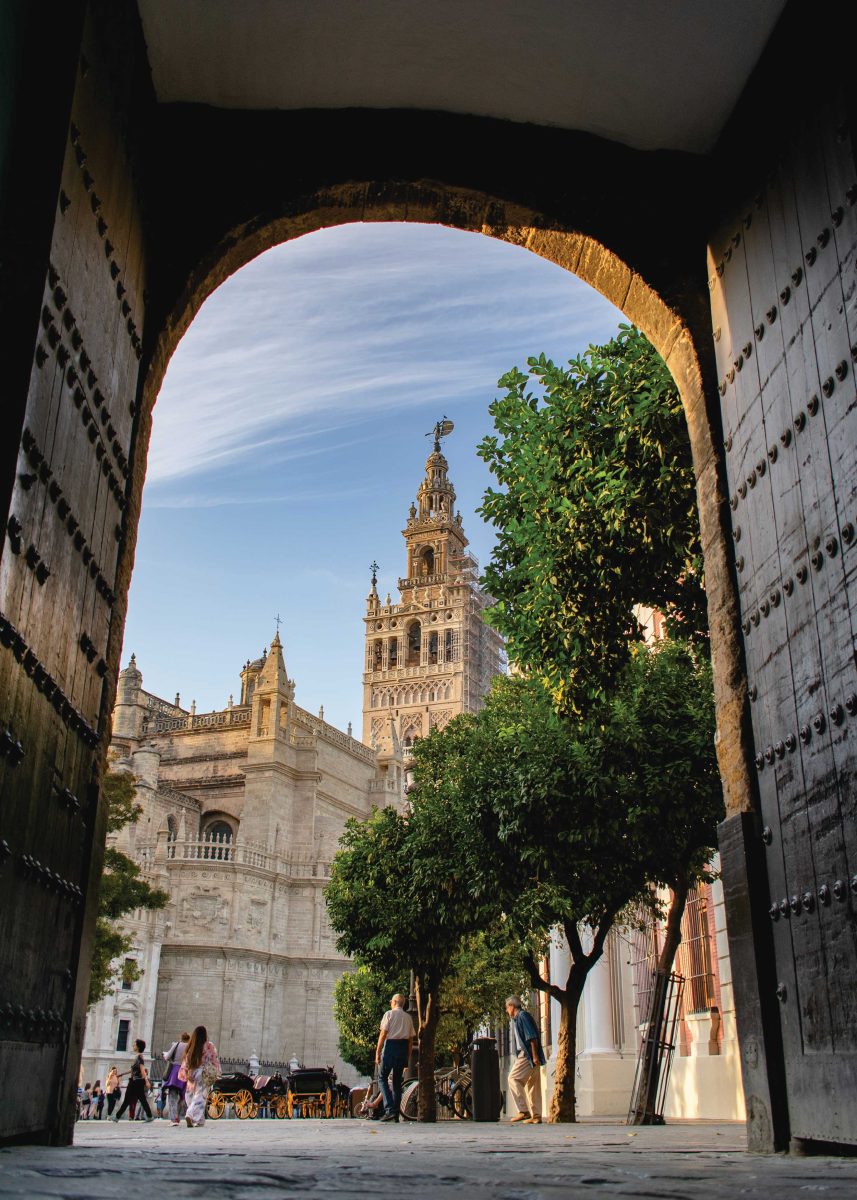
A cathedral in Seville, Spain Photo: © Sebastian Malecki
VOYAGEURS DU MONDE FAVOURITE : HOLY WeEK IN SEVILLE
Recently, I found pious Seville on my path as a traveller. Baptismal clothing shops rubbed shoulders with ladies leaving centuries-old churches. In Seville, the tradition of Holy Week is very intense and has an absolutely unique spiritual and aesthetic dimension. For a week, the heart of the entire city beats to the rhythm of the processions. A crowd of tens of thousands of Sevillians and visitors, believers and non-believers, mingles with some fifteen hermandades to commemorate the death of Jesus Christ.
The members of these brotherhoods don their traditional costumes and cross the city from their respective churches to the cathedral via the carera oficial (official route). The processions involve two or three pasos—large platforms decorated with religious depictions— escorted by nazarenos, penitents dressed in tunics and masked with tall cone-shaped hoods.
The processions are accompanied by drums, trumpets, incense, and sometimes saetas—those moving flamenco songs sung a cappella by the Spaniards from their balconies to honour the brotherhoods. The fervour concludes with the resurrection of Christ. The costumes are put away, the chariots dismantled… but the respite is only short-lived. A few days later, the Feria de Abril opens—festivities, feasts, and flamenco: the very essence of Seville.
